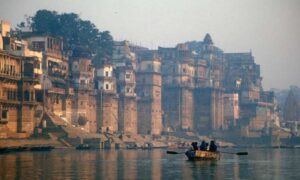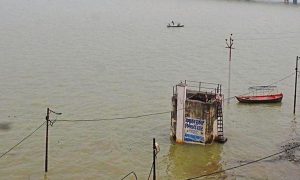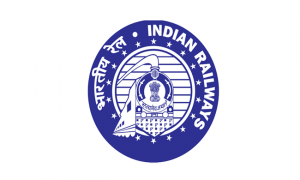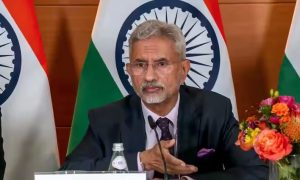Sapta Sindhu, Sati- Aasara . The land of India where Ganges and Narmada flow along with Saraswati, Kaveri, who provide life. Such a river-full land, where the nectar is spread by water of rivers is India (Bharata).
Since the time of Rig-Veda Sapta- Sindhu are of prominent importance. Hymns of Veda recognize the importance of Nature and the non-separable part of Nature is the fertile land and the resources to make the land fertile.
Rig-veda was very specific about the horizons, geographical diversity and nature’s content. It speaks about oceans, mountain & its peaks, deserts etc. It says eight summits of the Earth, three shore or desert regions, seven rivers.
The Seven Rivers are a group of seven chief rivers of uncertain or fluctuating identification (the number seven is of greater importance than the exact members of the group) – compare the Saptarishi of the Avesta (and also the later seven seas and the seven climates). The Avesta’s hapta həndu are preemptively equated with the Vedic Sapta Sindhavaḥ.
The primal place of habitation during Vedic period became the fertile land between 7 rivers. These were
1. Sindhu- Indus
2. Vipasa- Biyas
3. Aatul- Satlaj
4. Vitasta- Jhelum
5. Aksni- Chenab
6. Purus- Ravi and
7. Saraswati
Later in other Purana the Ganges flowing from Shiva’s hair lock also defined with seven streams. People staying ahead of Sindhu were called as Hindu, as in Persia Sindhu is called as Hindu.
Rigveda also defines more prominent rivers इमं मे गङ्गे यमुने सरस्वती शुतुद्रि स्तोमं सचता परुष्णया
असिक्न्या मरूद्ष्टधे वितस्तयाSSर्जिकीये शणुह्या सुषोमाया।। Ganga, Yamuna, Shatudri, Purushni, Asikni, Marudvrusha, Vitasta, Arjikiya and Sushoma
Well the importance of fertile land and the importance of Rivers is proclaimed in Vedas in-depth. Veda in some where call these rivers as cows and also goddesses. They are protectors and assistant of Indra to provide water, and life to Human being.
In modern days, there is a group of 7 Apsara or Aasara are worshiped at various places in India. Many believe that such place where the supernatural power is worshiped. They are also called as Seven sisters. During miscarriage, death of children or certain gynecological issues these goddesses are worshiped.
According to the study by famous mythologist Devdutta Pattanayak, they may be celestial Nymphs or 7 Matrika who helped Durga in a great war.
However I feel they are nothing but the sapta- sindhu mentioned in various scriptures, because of their strong relation with water body. They are worshiped near water body and for the reasons of gaining fertility.
Aasara in Marathi means the shelter. Shelter is usually connected to two important aspects one the survival and second the resources. Vegetation and water are essential of these aspects.
These 7 sisters are then named as
1. Matsi- मत्स्यी – form of fish
2. Kurmi- कूर्मी –form of Tortoise
3. Karkati – कर्कटी -Crab
4. Darduri- दर्दुरी – Frog
5. Jatupi- जतुपी
6. Sompa- सोमपा
7. Makari- मकरी – Crocodile
The personification of various rivers and their sculptures further mentions their relationship with Sati Aasara.
1. Matsi- Sindhu rides on Fish (Sindhi god Jhulelal is also seen on Fish)
2. Kurmi- Yamuna rides on Tortoise
3. Karkati- Danu or Gandaki a Himalayan river
4. Darduri- Krishna
5. Jatupa- Probably Godavari
6. Sompa- Kaveri
7. Makari- Ganges rides on Crocodile
भारतम् महाभारतम् गंगा नर्मदा पुण्य तीर्थम् सिंधु सरस्वती कावेरी जीवन कारण मूल तत्वम् नदी राष्ट्रस्य महाअमृतम्।। भारतम्।।
The land of India where Ganges and Narmada flow along with Saraswati, Kaveri, who provide life. Such a river-full land, where the nectar is spread by water of rivers is India (Bharata).
Compiled by : Dr Sandeep Sadanand Chaugule
You can follow the author on Twitter @sandipchaugulle



























 WhatsApp us
WhatsApp us